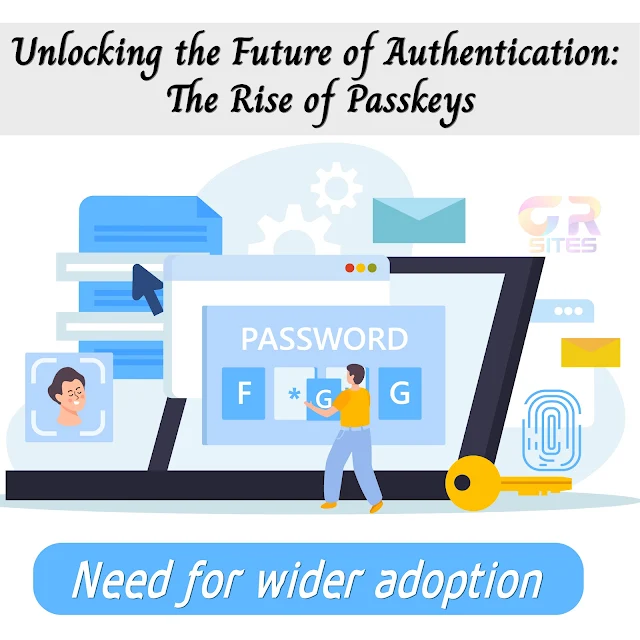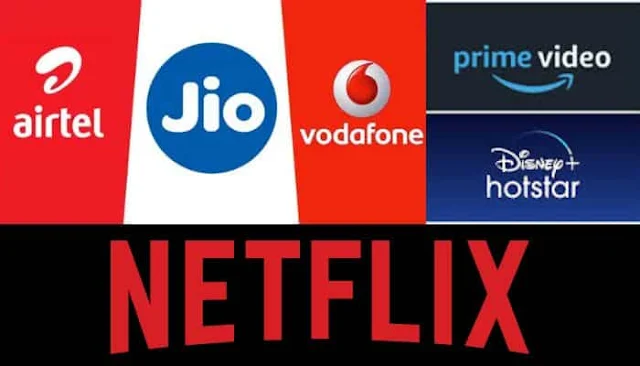In the ever-evolving world of education, where knowledge is the beacon guiding our children's futures, there's an increasingly pervasive issue that often goes unnoticed until it's too late: myopia in kids. This vision problem, once a rarity, is now on the rise at an alarming rate. In a time when myopia, or nearsightedness, is on the rise among children, the importance of early detection through yearly eye assessments cannot be overstated.
Myopia Epidemic: A Growing Concern
- Unraveling the Myopia Puzzle - Myopia isn't just a matter of needing glasses. It's a complex vision disorder that can affect a child's quality of life and academic performance. The puzzle lies in the fact that many parents and educators are unaware of the gravity of this issue.
- Quiet Progression: One of the most insidious aspects of myopia in children is its gradual progression. It often worsens over time, increasing the risk of severe myopia and related eye conditions. Sadly, this progression often goes unnoticed until it becomes a significant problem.
- Burden on Learning: Imagine trying to absorb the wonders of the world when the world itself a blur is. That's the challenge myopic children face daily. It's a burden that affects their academic performance, and the sad truth is that many teachers and parents may not even be aware of it.
Yearly Eye Assessments: Illuminating the Path
- Power of Early Detection: The cornerstone of managing myopia in children is early detection. Yearly eye assessments can unveil subtle signs of myopia before they become pronounced. This knowledge empowers parents, educators, and healthcare professionals to take timely action.
- Schools as the Frontline: The responsibility of ensuring the best eye health for children doesn't rest on parents alone. Schools play a pivotal role in mandating yearly eye assessments for kids.
Making Yearly Assessments Mandatory
- A Joint Responsibility: Ensuring that every child undergoes a yearly eye assessment is a shared responsibility between parents, schools, and governments. By making these assessments mandatory, we create a comprehensive system of care for our children's eye health.
- Role of Schools: Schools can act as catalysts for change. By partnering with eye care professionals, they can facilitate convenient and non-invasive eye assessments for students. These assessments can be integrated into the school health program, reducing the burden on parents.
- Government Initiatives: Governments, at local and national levels, can draft policies that mandate yearly eye assessments for children. These policies should ensure that assessments are accessible and affordable for all families, regardless of their socioeconomic status.
Conclusion: A Clear Path to a Brighter FutureBy embracing yearly eye assessments and myopia management strategies, we can ensure that our children see the world with clarity and enthusiasm. It's a responsibility we all share—to provide them with the best tools for a brighter tomorrow. So, let's embark on this journey together, and together, let's give our children the vision they need to explore the world with wonder and confidence. A clearer path to a brighter future starts with a simple yearly eye assessment.



